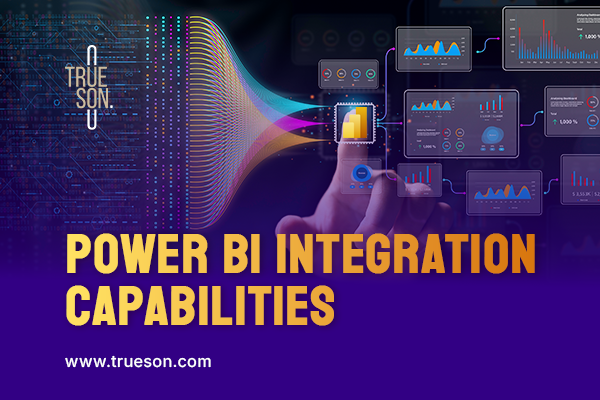Power BI is a powerful tool that helps businesses bring their data together, no matter where it’s stored. From spreadsheets and databases to Salesforce, Google Analytics, and many others, Power BI simplifies data integration and helps you turn insights into action.
File-Based Sources
Power BI makes it easy to pull in data from common file formats, whether stored on your computer, or on Sharepoint. Some common examples include:
- Excel: A go-to for many office users.
- CSV/Text: Ideal for working with raw data, with more rows than the Excel limit of around 1 million.
- Google Sheets: Directly connect and analyze shared online spreadsheets.
Databases
Power BI offers robust connectivity options for databases, catering to various business needs.
Power BI can easily connect to traditional databases such as SQL Server, Oracle Database, MySql, Postgres, etc.
Cloud-based solutions are rising in popularity in recent years due to their scalability and performance. Power BI integrates seamlessly with modern platforms like Azure SQL Databases, Amazon Redshift, Amazon Athena, Google BigQuery, and Snowflake.
Power BI also enables organizations to easily connect to ERP systems, such as SAP and Dynamics 365.
By supporting a wide range of databases, Power BI provides the flexibility to handle both legacy and modern data environments, making it a reliable choice for businesses of all sizes.
Online Services
Power BI shines when it comes to integrating with online services, bringing data from popular platforms directly into your dashboards. A few notable examples are:
- Salesforce: Dive deep into your CRM data. Track customer interactions, engagement, and relationships, and combine it with other data for a holistic view of your customer base.
- Google Analytics: Analyze website traffic trends, campaign performance, and audience insights in one place. Power BI helps you blend Google Analytics data with other metrics to measure success.
Microsoft Sources
Power BI seamlessly integrates with Microsoft’s suite of tools, making it a natural fit for organizations already using these services. Examples include:
- Azure SQL Databases: A scalable cloud database.
- Azure Data Lake: Ideal for big data storage.
- SharePoint: Easy access to team files and collaborative data.
- Dynamics 365: A complete CRM and ERP solution.
Custom Methods to Connect Data
Power BI provides a flexible approach for connecting to unique systems. Using programming languages like Python or R, developers can build custom methods to integrate their specific sources. This ensures no source is out of reach, empowering organizations to unlock the full potential of their information.
Conclusion
Power BI’s ability to connect to a wide variety of sources opens the door to endless possibilities for your business. By integrating data from files, databases, and online services like Salesforce, Google Analytics, and more, you can create dashboards and reports that reflect the full scope of your operations. Power BI empowers you to make smarter, faster decisions, no matter where your data resides. To find out how you can intergrate your datasource into Power BI, check out this link here.
Trueson is here to help!
Contact us today to talk to our BI experts. Explore our BI Solutions here.

